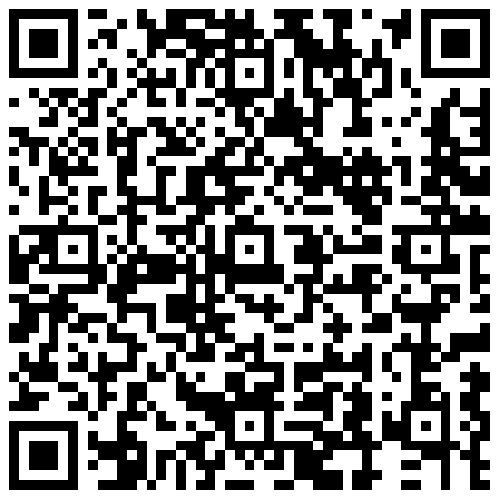A Better Way to Learn Math
by Ahmed, Jun 07 2022

Can you recall how you learned math growing up? Perhaps you had a hard time memorizing abstract concepts and hypothetical equations, and thought to yourself: “When is this ever going to be used?” If you asked your teacher this question, he or she probably never really gave you a satisfactory answer. No coincidence, many children today often feel the same way—and they are right to do so!
Studies show that directly memorizing abstract concepts without first understanding the underlying logic can be quite damaging to children, and sets them on the wrong path from the beginning. Further studies show that students who performed well at math used number sense (and not memorization); conversely, students who performed poorly weren’t able to use numbers flexibly. So, what can we do to set our children on the right path to learning math?
- Downplay Memorization, Emphasize Logic
- Use Concrete Objects to Understand Abstract Ones
- Learn through Real-Life Experiences
Downplay Memorization, Emphasize Logic
If children cannot count or calculate, it’s usually because they haven’t learned the underlying logical concepts yet. At this stage, children should not be forced to memorize baffling mathematical concepts and abstract symbols. Instead, they should be taught through hands-on, physical activities. Pairing, classification, and sequential activities can all help at this early stage. These activities help children notice how items are alike and different, understand the concept of inclusion, and understand logical order, respectively. At first, these activities may seem to have nothing to do with math, but they form the necessary foundation for children to learn math.
Use Concrete Objects to Understand Abstract Ones
Children cannot understand abstract mathematical concepts without first understanding concrete ones. At this stage, use physical objects to represent abstract figures. Once children have accumulated enough concrete examples, they will be able to begin drawing inferences. For example, the slicing up of an everyday cake or apple can allow children to quickly become familiar with the mathematical concept of “bisection.” When children come across similar problems, they will solve them with similar logic. At this stage, we should not emphasize mathematical calculations be done quickly and accurately, but instead focus on providing more concrete, real-life examples that our children can see and touch.
Learn through Real-Life Experiences
Your child’s understanding of math comes from real-life experiences. The problems he encounters are real and specific—they are his problems and are thus easy for him to solve (much easier to solve than those handed down by his parents or teachers). When children consciously begin to use mathematical concepts to solve everyday problems, they begin to truly understand the relationship between mathematics and life. For instance, what’s a number? Prior to this deeper relationship, a number was just an abstract symbol. But once we start looking for this number in real life, it takes on a whole new meaning.
When children read novels or poetry, do they learn its meaning by memorizing every word, and the order of every word?—no. Children learn its meaning by reading the language in context and using the ideas in their own speech and writing. So why should the learning of math be any different? The better way to learn math is to encourage children to connect concrete objects in everyday life to symbolic numbers and abstract concepts—this is what sets them on the right path. Once children are able to make these connections, the door to mathematics will surely open for them.

 Successful
Successful